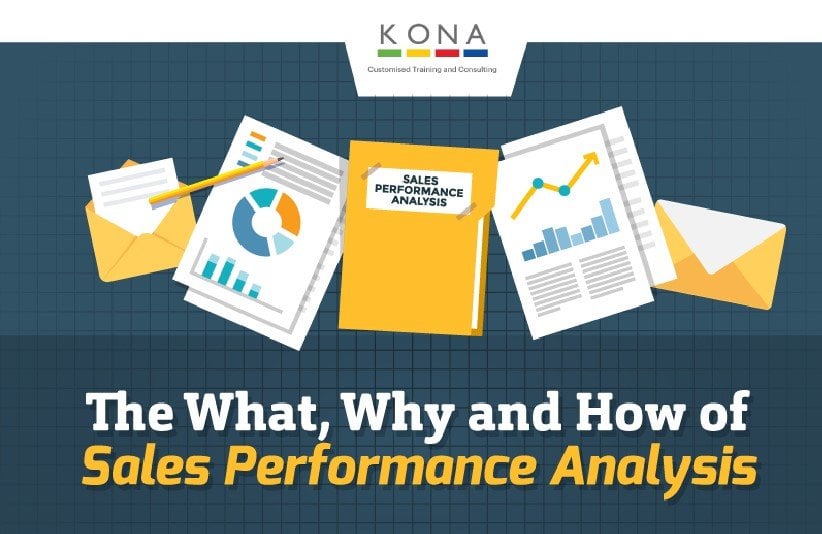One of the most important yet undervalued sales functions of any business in any industry has to undertake if they want to propel their business to new heights is perhaps the process of analysing the company’s sales data. Continually monitoring your sales performance in regards to what it’s currently achieving as opposed to what organisational goals you have yet to fulfil or realise along the way will strongly allow you to steer your business on the right financial track. This helps you augment the success rate that your business currently has and jumpstarts your processes to become better and much more intensive.
Q2 hedge fund letters, conference, scoops etc
Not only that, but an effective sales data analysis helps you avoid the terrible pitfall that is getting distracted or focusing on the all the wrong or insignificant aspects that weren’t contributing much to your company’s overall progress anyway. Finally, you’re also allowing yourself to see a more objective analysis that can tell you which areas should be improved upon.
If you have yet to measure your business’ past and current sales performance, this is most certainly the best time to do so, and to do so quickly. Not tracking and measuring this vital data you have on your hands is essentially making you expose yourself and your company to the huge risk of missing important opportunities of assessing where your organisation’s strengths lie (in terms of what your products and services are), which aspects of your current sales activities are critically in need of support, and which activities are giving you the best chances for future profitable growth and act as an open door for more and better opportunities in the future.
Before you start analysing your sales data, however, it’s imperative that you first are instilled with the clear understanding of what a sales performance analysis is, what this important process entails, and how can it affect your company’s performance and success. Having a clear understanding of the concept of a sales performance analysis will help you execute it better, as you have established the sturdy foundation of what you need to do and why are you doing it. This way, you are not simply doing an analysis because it promises you success — you are doing it instead because you know that this will strongly contribute to your long-term growth and development as a business.
To first understand the sales performance analysis, it should first be defined to establish an image of what it is. A sales performance analysis is a method of determining where your business currently stands compared to where it wants to be. This method takes into consideration the industry business standards, performance, and other elements for comparison. They will help reveal where the gaps are in your business that have resulted in your current positioning versus where you wanted to be.
Additionally, it addresses the questions “Where are we?” and “Where do we need to be?” clearly. As your organisation grows, it’s inevitable that you might forget some of your objectives and even the relationship you have with your customers and peers. A sales performance analysis, however, puts you back on track in this regard.
But how can it help your business? Let’s put it this way: A gap in your business exists in three categories: the company goals, the people’s performance, and the organisational capability. Although they can be differently prioritised with different approaches, conducting an analysis on them bears the following significance:
- First, you gain a comprehensive overview of your business goals, whether actual or desired. Analysing all categories allows directors and executives to measure their resources in their bid to meet missions, goals, and objectives.
- Next, a sales performance analysis leads to better decision making. A business needs sales performance analysis to focus its efforts and make informed decisions, especially in resource allocation. This leads to your business saving more time, money, effort, and material resources by making sure that every aspect is getting what it precisely needs instead of redirecting all these precious aspects to more insignificant measures.
- A sales performance analysis also increases stakeholder satisfaction. Measuring a gap realistically builds stakeholder confidence, because you’re showing them that you know where you’re lacking, and therefore, are making plans and decisions backed by solid research. They can rest easy knowing that the organisation is handled by someone who has a plan and considers solid facts instead of winging it and relying on guesswork.
- Boosting employee motivation is also a benefit that you can gain when you do a sales performance analysis. Because it identifies the difference between desired and actual performance, you are effectively seeing how you can better handle employees and boost morale.
- Lastly, you can improve customer relations because you have a better focus and decision making skills, which helps you distinguish better what your customers’ pain points are (essentially, what they need and what their problems are), how your products or services can help them alleviate that pain, and even keep them coming back not only through solid customer service and experience, but also because your products or services genuinely helped them as it is built around what they need.
These reasons clearly convey just how much a sales performance analysis can help your business in the long run, helping you establish a stronger company, but also helps you develop as the business owner. Through this process, you pick up necessary and desirable skills as an entrepreneur and business leader.
Check out this infographic by KONA AU to learn more about the sales performance analysis and how to conduct one today!







